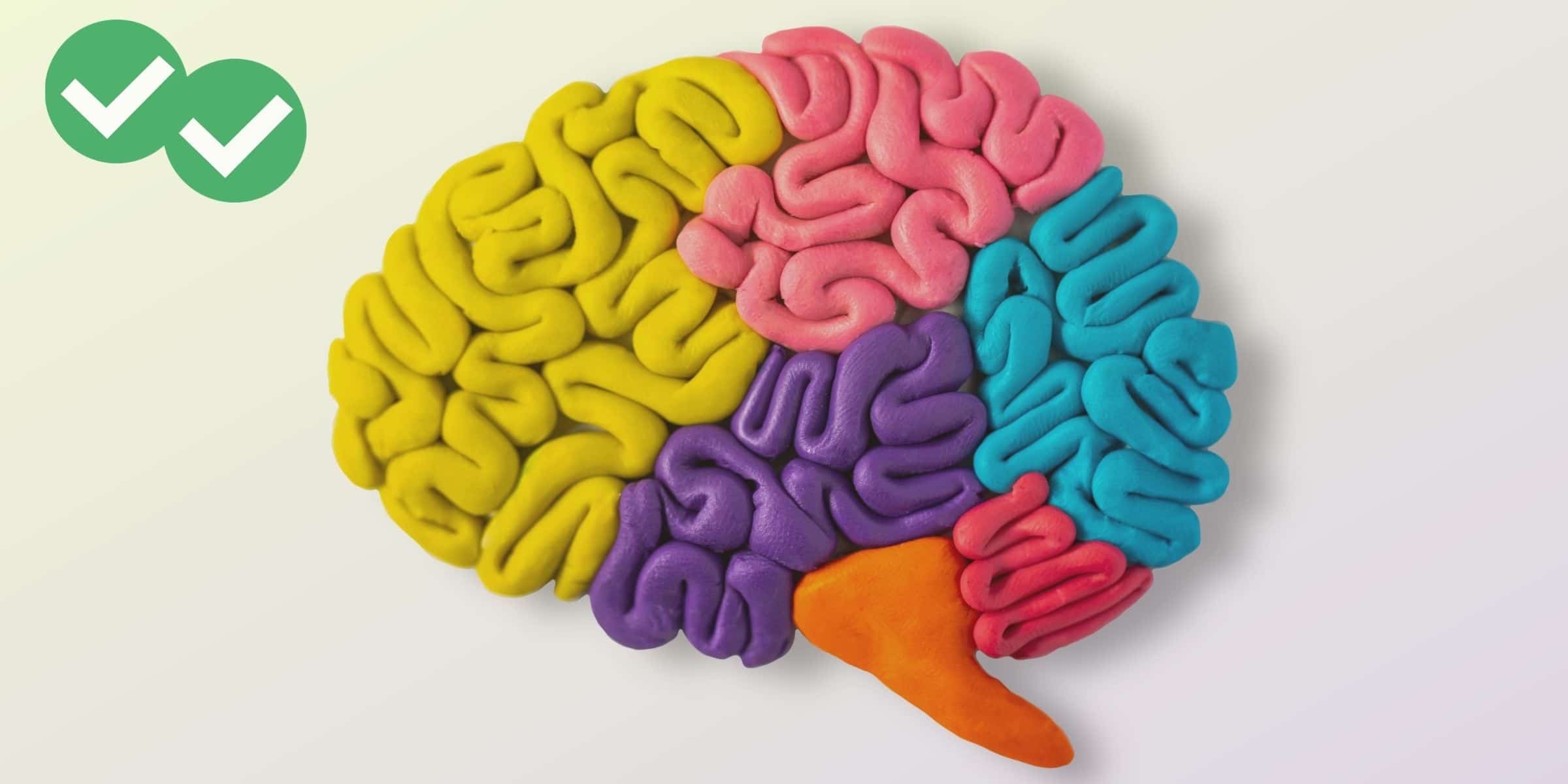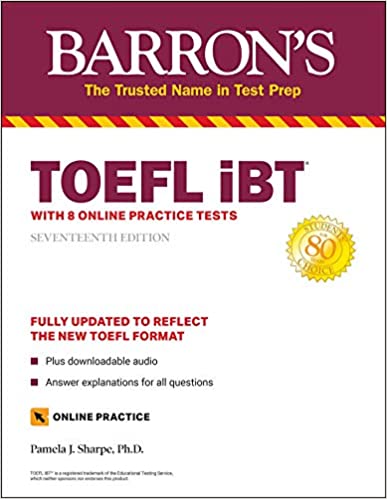Hello you!
How are you? We hope you are well, happy, and looking forward to a new English lesson!
Today, the class is about the auxiliary verb “do”. We want to welcome Julia, one of the teachers from ABA English, who is going to teach you how to use this auxiliary verb.
But before Julia’s lesson, let’s review: do you remember what an auxiliary verb is? That’s right: they are verbs that accompany a main verb to help assess the tense, mood, or voice.
The most common auxiliary verbs are “be”, “do”, and “have”. “Be” is used to make compound tenses and the passive voice. For example:
“I was eating soup every day”
In this sentence, the auxiliary “be” helps express the tense of the main verb “to eat”.
We use “have” to express compound tenses and both the active and passive voice. For example:
“The food has been prepared by the chef”
And finally, we use “do” in negative sentences and questions for most verbs in the Simple Present and the Simple Past. For example:
“He does not like chocolate ice cream”
“Why doesn’t he like chocolate ice cream?”
Now that we have remembered what auxiliary verbs are, let’s continue the lesson with teacher Julia! To make the most out of this lesson, we recommend you get a pen or pencil and your English notebook, so you can write down Julia’s explanations and examples. Taking notes is a great way to memorize new information.
See you soon for another English lesson!
ABA English bases English language learning on short films about real life in Europe and the United States produced exclusively for the American and British Academy. ABA English’s course also contains 144 video classes on English grammar which are available for free.






Leave a Reply